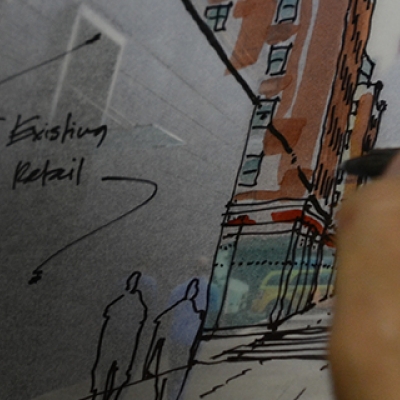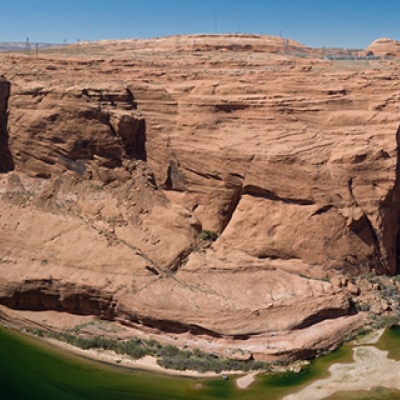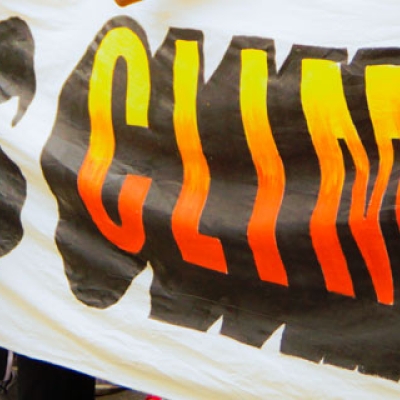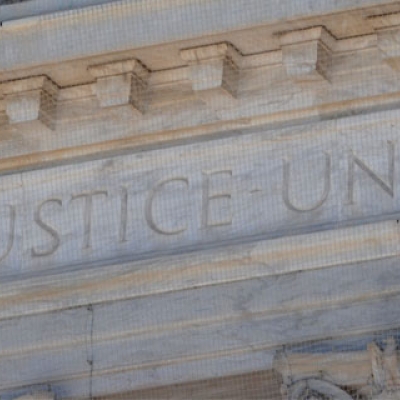
It Is a Matter of Scale or What is the Connection between Brain Size and Sprawl
By Admin / On September 26th, 2011
Scale is fundamental to urban design. If you get it right, and achieve a well-proportioned space between buildings, you have a sound basis to build upon. Even if the architecture is far from perfect, the public realm you create can be decent and comfortable. If you get the scale wrong and your master plan is built, even the most lustrous architecture won’t remediate the failure of space-making; people might still use it for utilitarian reasons (think the parking lot of a Wal-Mart), but will not enjoy it.






